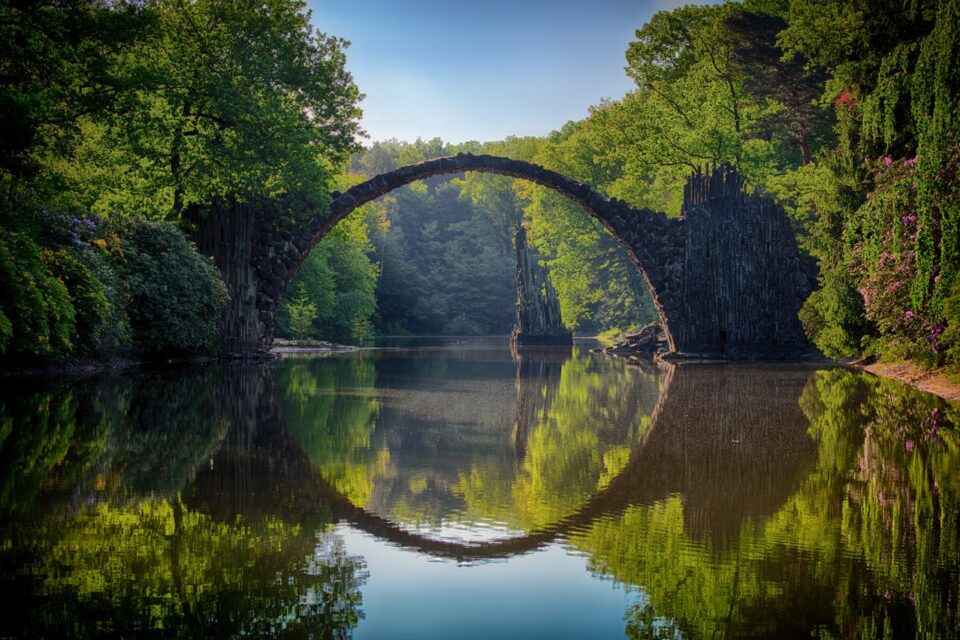A fairy tale can transform the ridiculous and seemingly naïve into something serious and heartfelt. By definition, a fairy tale is an impossible story filled with nonexistent people and creatures. But these stories hold us and perhaps even return us to a more innocent, or nostalgic, time and age. That is not to suggest that fairy tales are not dark nor violent, just that they let us believe something exists beyond our experience. As such they are still deeply political and emblematic of larger contemporary issues, hence why fairy tales often shift and develop over decades. Still, they allow us to imagine different possibilities, if only for a moment.
I love it when films create new fairy tales, ones which are not direct adaptations of classic stories, but return to that limitless sensation. It is difficult to render that broad feeling in film, but there are a few movies and series which do an excellent job of it. These are the kind which return us to our childhood or allow us to believe that we can be swept away from the constraints of reality, or sometimes show us how and why reality filters through fairy tales.
This week, I will be extending my discussion on fairy tales to talk about atmosphere; films which create a specific folkloric tone and nostalgia without relying on a preestablished fairy tale. Often, films evoke this atmosphere by having a fairy tale world intervene with reality, like in The NeverEnding Story (1984), where the protagonist leaves reality and journeys into fantasy. There are other instances though, generally those which begin in media res and spend the entire narrative in a fantasy world. In both cases, the film introduces a new fairy tale, sometimes by treating it as though it were an old kind, and other times by suggesting that it is brand new.
I will try to examine a few different versions of this dynamic to really explore what it means to create a fairy tale atmosphere, and why this tone is so important. Tune in as I once again examine how fantasy and escapism overlap with reality.
